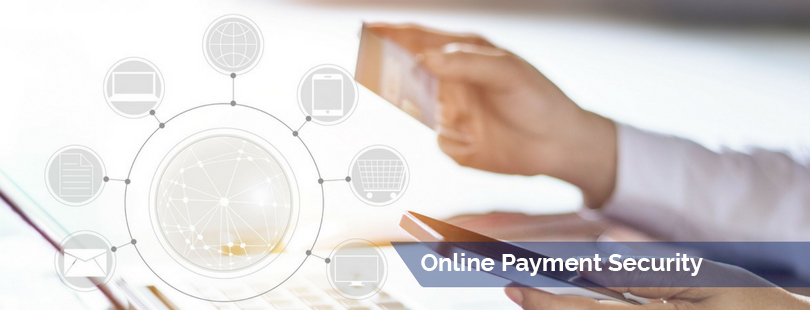
Although online sales are an accepted—and often preferred—method of doing business, there is still lingering uncertainty with online payment security. Some of your customers simply might never come around to buying your products or services online and will insist on doing business over the phone, in person, or by mail. Even though there is inherent risk with these tried-and-true sales models, it’s always best to keep in mind that the customer is king and do your best to provide for their needs. In any case, it is the merchant’s responsibility to deliver a simple-to-use payment solution that protects everyone involved, so your customers feel secure and you know you’re preventing chargebacks.
It takes striking the right balance to implement a secure online payment solution that works for you to prevent chargebacks, and yet isn’t so restrictive that you end up losing real customers and sales. This is a problem that many CNP and CP merchants face: how to protect everyone involved in the sales cycle, including the customer, the bank, yourself, and your brand.
Walking the Fine Line of Payment Security and Chargeback Prevention
The more trust your customers have in your website, the more likely they are to purchase your products or services. This is why you need a payment solution that handles the authentication and authorization final checkout in a smooth and simple manner. If your customers have to go through what they consider to be too many verification steps or are forced to enter a password multiple times, they are likely to give up and look elsewhere for the product or service.
This all comes down to the decisions you make on how to manage payment processing and authorization. Too strict with too many verification questions and you’ll lose customers. Too relaxed with little or no verification and you’re likely to be a victim of fraud, and you’ll lose customers who don’t think your website is secure enough.
Along with taking advantage of a merchant-specific solution, such as Verifi’s Cardholder Dispute Resolution Network (CDRN) to prevent chargebacks and enhance your online security, be aware of all your security options, including:
- SSL-protected website Customers expect to use an SSL-protected website when entering their credit card information. The recognized “https” at the beginning of a website’s address has become one of the standards of security that consumers have come to count on.
- Complex but not complicated passwords It’s very important that you have a payment solution in place that actively enforces a high level of password security. Demanding that your customers enter passwords that are overly complex and long will cause them to quickly become frustrated with the password rules. Be specific in the password rules that you provide, including uppercase, lowercase, numeric, and a set number of symbols and length that are allowed or required.
- New technologies Is your business PCI-compliant? Do you accept only EMV or chip-enabled credit and debit cards? Have you begun to learn about biometrics and how this can add a layer of security to your payment solution? These techniques as well as tokenization can go a long way in preventing chargebacks.
- Address verification Never accept a credit card payment without confirming the customer’s billing address. Errors in the billing address, such as a mistake in the Zip Code or using Road instead of Street, often are indicators that the credit card is stolen. Some merchants have restrictive rules on accepting orders that are delivered to an address other than the billing address. It may be worth adding in an extra step to confirm the different delivery address.
- Know your customers When using a payment solution such as Intelligence Suite to prevent chargebacks, you’re doing more than stopping fraud—you’re learning valuable information about your customer base. This allows you to eliminate the bad actors or risk factors before they become a problem and result in costly chargebacks and revenue loss. You also learn about your customers’ interests, buying habits, and location—all of which happens behind the scenes and work to limit your risk.
This is just a small sample of some of the online payment security measures you can take to protect your business.
Another vital aspect to your online security and chargeback prevention is your customer care policies and implementation. Clearly communicating important details such as return policies and shipping options to your customers can help greatly in fraud prevention, as well as provide necessary evidence in the chargeback representment process. Make sure your customer care team has the right tools in place to record all communications.